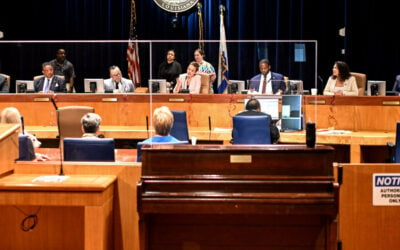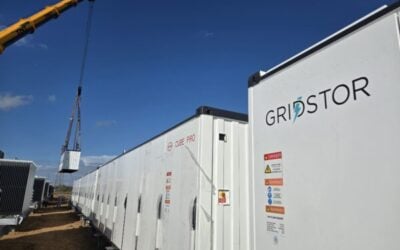Solar with storage, such this REC Solar project on Hawaii, will ease solar’s value deflation. Image: REC Solar.
Energy storage may prove to be the key bulwark against the so-called value deflation of solar expected as it achieves higher levels of penetration, according to an analyst at GTM Research.
In a US solar briefing note published yesterday, GTM’s head of research, Shayle Kann, said storage offered the solar market a range of benefits that would help mitigate the effects of solar’s likely devaluation as its total share of the generation mix grows.
This process is expected to happen as solar becomes a mainstream power source and regulators and utilities assign it a value more closely aligned with wholesale power prices, and will affect distributed as well as large-scale solar.
“As solar penetration increases, the value new projects can extract from the grid may fall, which will put further downward pressure on the cost of solar in order to remain competitive,” Kann said.
Try Premium for just $1
- Full premium access for the first month at only $1
- Converts to an annual rate after 30 days unless cancelled
- Cancel anytime during the trial period
Premium Benefits
- Expert industry analysis and interviews
- Digital access to PV Tech Power journal
- Exclusive event discounts
Or get the full Premium subscription right away
Or continue reading this article for free
But Kann’s briefing note said storage had a key role to play in minimising the impact of this effect as it takes hold.
At a distributed level, he said it can help solar owners decrease the amount of potentially lower-value solar power they export to the grid by allowing them to maximise self-consumption and optimise consumption in relation to time-of-use charges.
At a system level, Kann said the value of storage lies in its ability to make solar essentially a dispatchable resource by shifting its generation hours to later on in the day when, without the benefit of storage, the array would not be generating. This would greatly increase the value of the power, in both economic and environmental terms.
Kann gives the examples of the Hawaiian island of Kaua’i, where solar has already reached high levels of penetration and where during the middle of the day, when the PV plants are at their most productive, solar covers a large portion of system load. This has the effect of displacing expensive diesel generation as well as the main base-load gas combustion turbine power plant.
A recently announced SolarCity project on Kaua’i included a 52MWh battery storage element to enable power from the plant to be fed into the grid in the evening, when it would have the most value.
Without it Kann said the SolarCity PV plant would have essentially operated in the same way as the rest of the island’s existing PV capacity “further depressing utilisation of the baseload gas plant (and stressing its operation) without significantly improving the evening peak period when diesel and dirtier peaking gas generation play the biggest role”. “This new solar generation would have had low value, both economically and from a greenhouse gas reduction standpoint,” Kann said.
“At the system level, energy storage may be the factor that eases solar’s value deflation effect before it truly takes hold,” Shann said.
“
At the system level, energy storage may be the factor that eases solar’s value deflation effect before it truly takes hold…”





